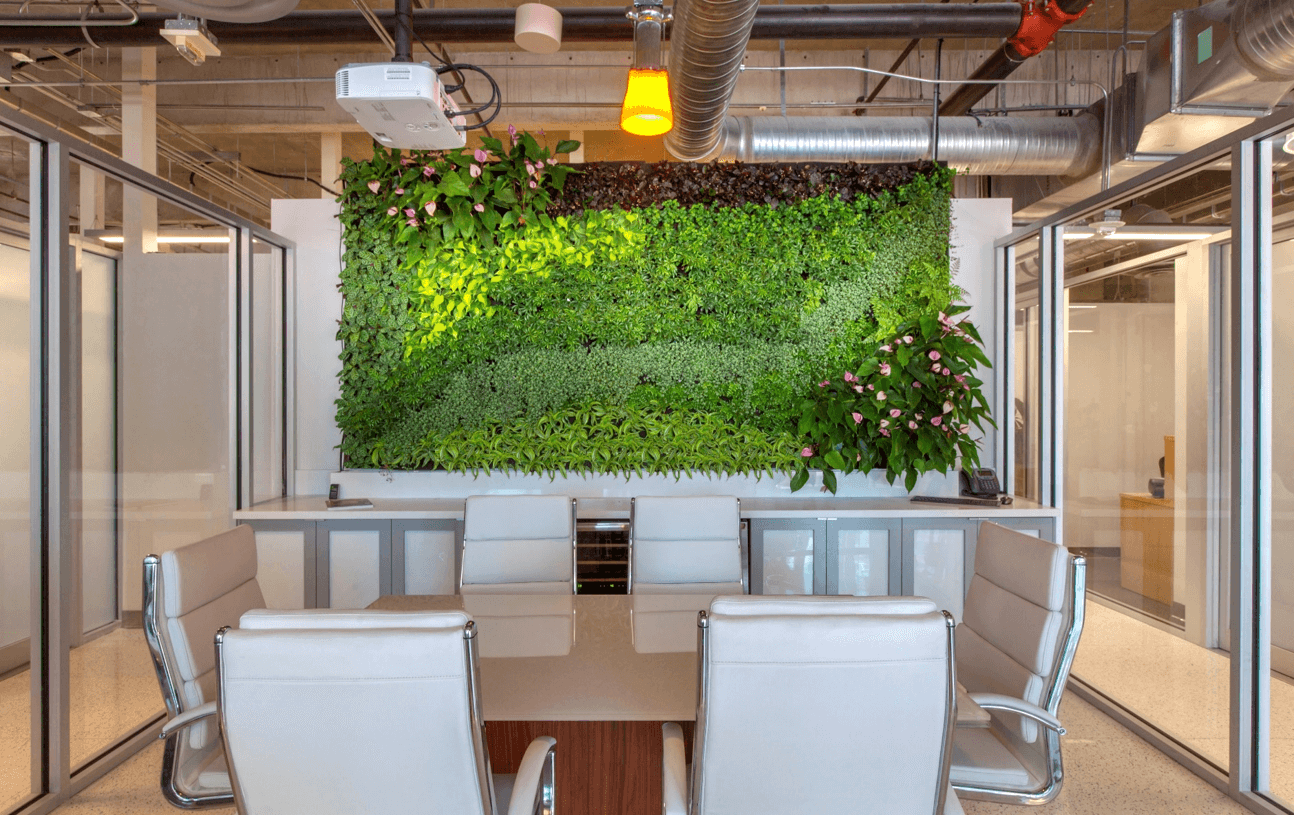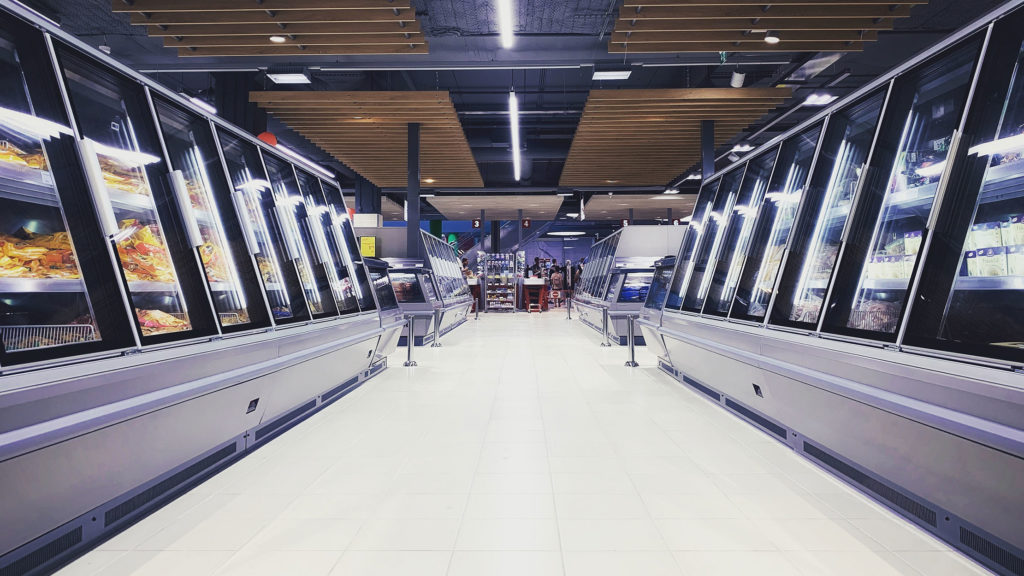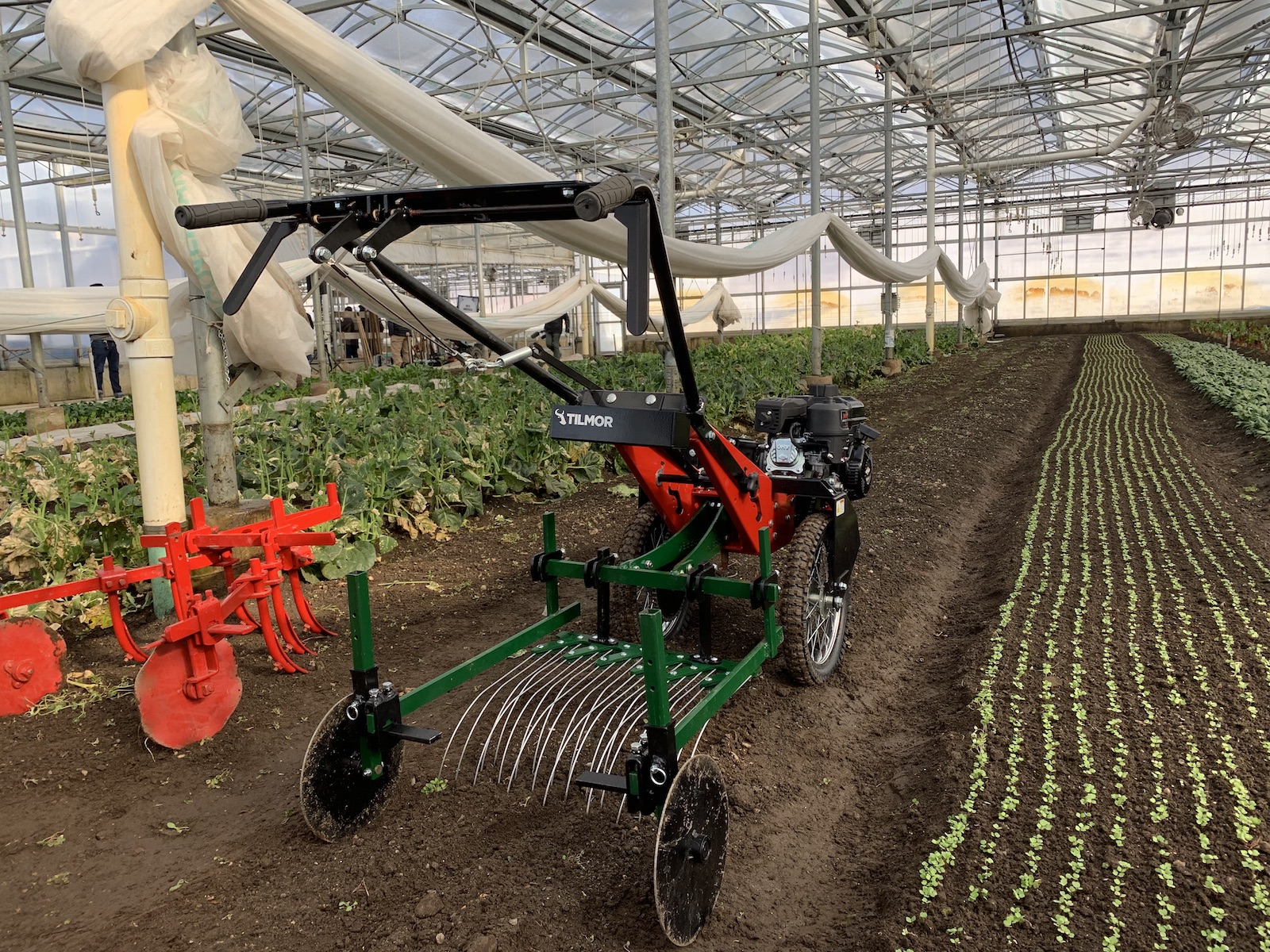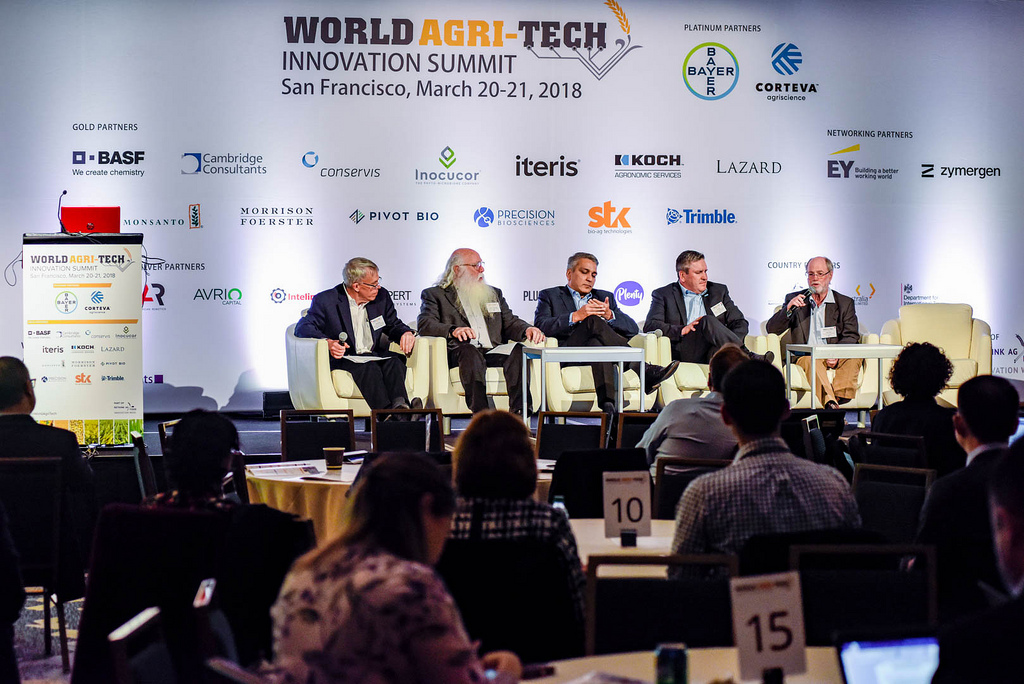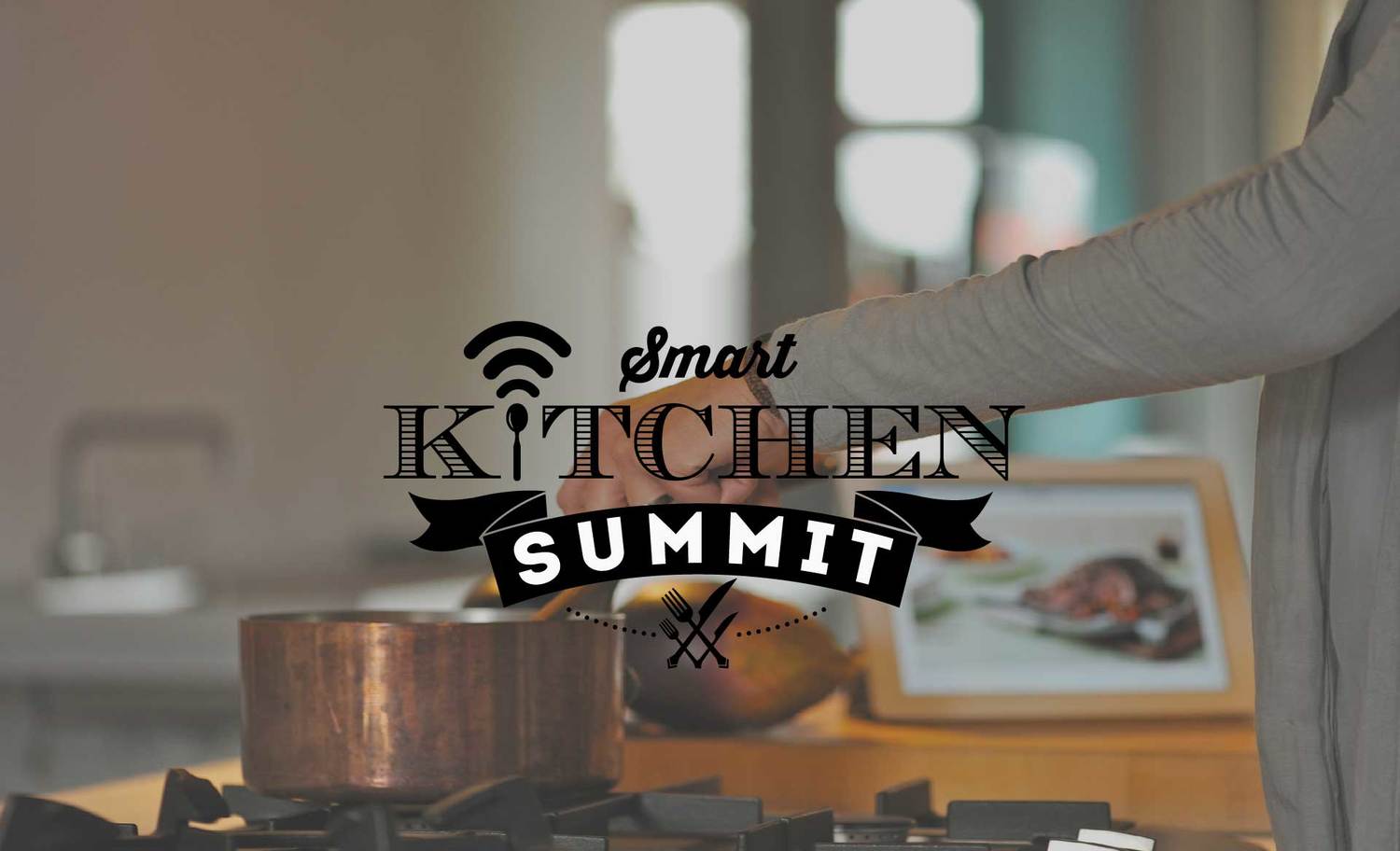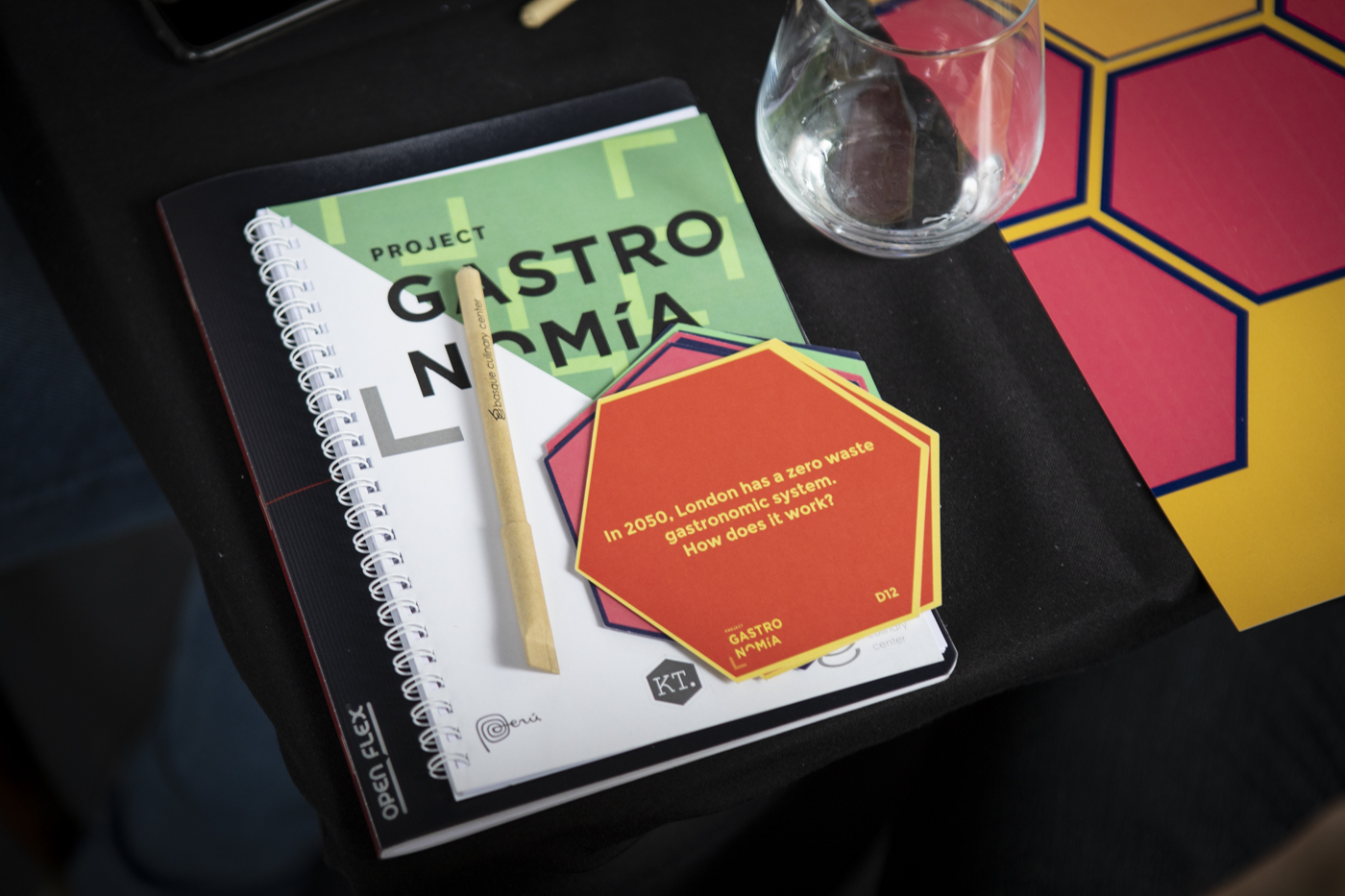On November 7th in Napa, California, reThink Food kicked off its fifth edition. Taking place in the brand new branch of the Culinary Institute of America, COPIA, the conference aims to bring together a diverse group of thought leaders and innovators who are working at the intersection of technology, behavior, design and food.
From Michiel Bakker (Google), Geetika Agrawal (La Cocina), Sara Roversi (Future Food Institute), Lauren Yarmuth (IDEO), Shirley Everett (Stanford University) to Caleb Harper (MIT Media Lab), an impressive array of speakers animated three intense days of knowledge sharing. Three main threads with varying viewpoints emerged from the presentations: people, technology and design.
People: at the center of action there are innovators
At the center of this new food revolution is the innovator: individual entrepreneurs, hackers, chefs and farmers, who are disrupting current business practices and re-inventing our agriculture, food systems, cooking and food experiences. The ways to support them are countless.
“Feeding people is an extreme opportunity” said Mirit Cohen, Global Food Program Manager at Adobe. Her point was that there is almost nothing in our life which is so synchronized as consuming a meal. Everybody has this need approximately at the same time of the day, every day. Food services, especially within big organizations, have a tremendous opportunity to create causal coalitions around food, helping everybody to be a better human being by connecting with self and others.

A different type of support is provided by La Cocina, a San Francisco-based food business incubator cultivating working-class women and immigrant entrepreneurs. Today, there are 26 brick and mortar locations in the Bay Area run by La Cocina graduates, including businesses on “Best Of” lists, featured in national publications such as Saveur, and nominated for James Beard awards. “As a society, we tend to overlook low income entrepreneurs, especially in the United States, which is the worst country in terms of disparities between rich and poor people”, says Geetika Agrawal, Program Director at La Cocina . But there is an opportunity here: 30% of all small businesses in the United States are opened by immigrants, 78% of those are started by women of color, and just 2% of then received investment capital in 2016. There is a huge space for supporting innovators in building a better food system for all.
The Fourth Industrial Revolution: the role of exponential technologies
Over the last half-century, we’ve had a hot and cold love affair with technology. Everybody is waiting for the latest version of today’s cars, smartphones, travel or home experience. Yet, when broadly applied to food, the technological/industrial model, while delivering on its promise to create a cheap and abundant food supply, has come with substantial collateral costs.
Colleen McClellan, Director of Client Solutions at Datassential, took us through an interesting journey into AI. Starting from Artificial Intelligence (the intelligence demonstrated by machines, in contrast to the natural intelligence displayed by humans and other animals), to get to Machine Learning (where the machine identifies and stores data points), and eventually Deep Learning (where the machine understands given a big amount of examples shown), McClellan’s point was to draw a foreseeable future where data-driven ideation is possible. When designing a new solution, there are four crucial aspects: seeing the problem, seeing the solution, solving the problem and scaling the solution. What if technology could constantly support us in the first two? This would mean less design failures and more customers satisfaction.
Using behavioral science to elevate food design
To strengthen McClellan’s point, critical to this view of opportunities around food, technology, and innovation is a new, richer understanding of consumer behavior. As mentioned before, market research, consumer insight analysis, and expert trend-tracking are all essential elements for identifying potential windows for innovation. A steady stream of new knowledge from neuroscience helps us better understand sensory perception and the creation of habits, biases, and a willingness to experiment. To build on that, John Mitchell, a new product innovator for the natural foods industry, focused his contribution on potential areas of consumer interest.
Adaptogens are natural substances considered to help our body adapt to stress and to exert a normalizing effect upon bodily processes. Increasingly, consumers are looking to access these compounds naturally through food. Turmeric, moringa, maca, licorice root are just a few examples of foods and herbs with adaptogenic properties.
By-products are a secondary product derived from a manufacturing process: being able to use them, means creating value from potential waste and this approach represents increasing value both for consumers and for investors.
Editor’s Note: See our story on how designers are transforming by products of food production into raw materials for the future in MOLD Magazine Issue 3
Moreover, CBD is taking over. It is a cannabis compound that has significant medical benefits: it is non-psychoactive, which makes it an appealing option for patients looking for relief from inflammation, pain, anxiety, psychosis. What might happen if you add it to your dish?
Collagen is another “hype” product right now, according to Mitchell. Collagen-based foods, as well as collagen powder added to a morning smoothie, seems to be the way to go to ease joint pain and reverse skin aging.
reThink Food was a unique opportunity to explore how areas such as big data, behavioral economics, neuroscience, agriculture and culinary insight are radically changing food systems and our understanding of consumer choices. A well-defined picture of the horizon is likely to surprise us. Figuring out how it will integrate flavor-forward concepts, design principles and a bias towards disruption will help drive the industry bottom line.





